- the paper provides a walkthrough explanation of the different components that define a BSDF (bidirectional scattering distribution function) that defines the shading behavior of a materials
- covers the underlying theory, explaining the derivation as well as the geometric interpretations
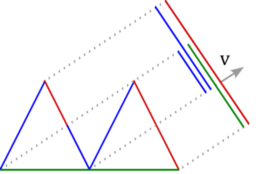
- the paper introduces models to solve the reconstruction of irradiance in the vertex-normal space
- applies the developed framework to hemispherical and cone occlusion to volumetric lighting
- as well as mitigating light leakage for normal-mapped surfaces’ appearance of runtime ambient occlusion
- shadertoy implementation is provided
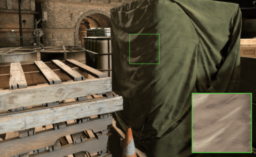
- the series on voxel ray tracer continues by presenting how to accumulate samples over time with a nonstatic camera
- explains temporal pixel reprojection, how to deal with sub-pixel blending, and how to improve results with occurring object occlusions
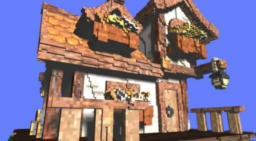
- the blog post provides a detailed description for programmers interested in graphics programming
- explains what the job entails, different specializations in games, and what topics graphics programmers often work on
- additionally gives insights into the technologies the author recommends to start learning with
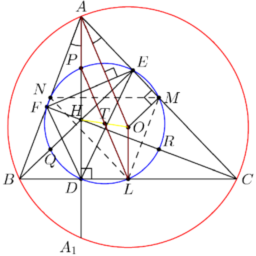
- the article explains an approach to implementing Sun Beams using Billboarding techniques
- implementation is shown using the visual shading language of Unity

- the blog post presents that the latest D3D12 SDK update introduces support for R9B9G9E5 for Render Target and UAVs
- explains how the R9B9G9E5 format allows higher precisions compared to half-floats and less memory usage than float formats
- additionally expressed the importance of verifying hardware support

- the video shows how to implement a shader effect that allows objects to change their appearance close to existing depth values in the depth buffer
- the presented technique relies on a rendering order that ensures the depth values are written before the objects want to read them
- technique is implemented using the visual shader language of Unity
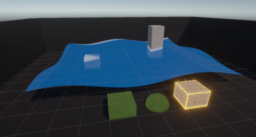
- the video tutorial continues to discuss the implementation of a Vulkan renderer
- this week’s videos explain how to clear the back buffer to a solid color in every frame
- C++ implementation is shown
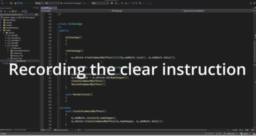
Thanks to Graham Wihlidal for support of this series.
Would you like to see your name here too? Become a Patreon of this series.